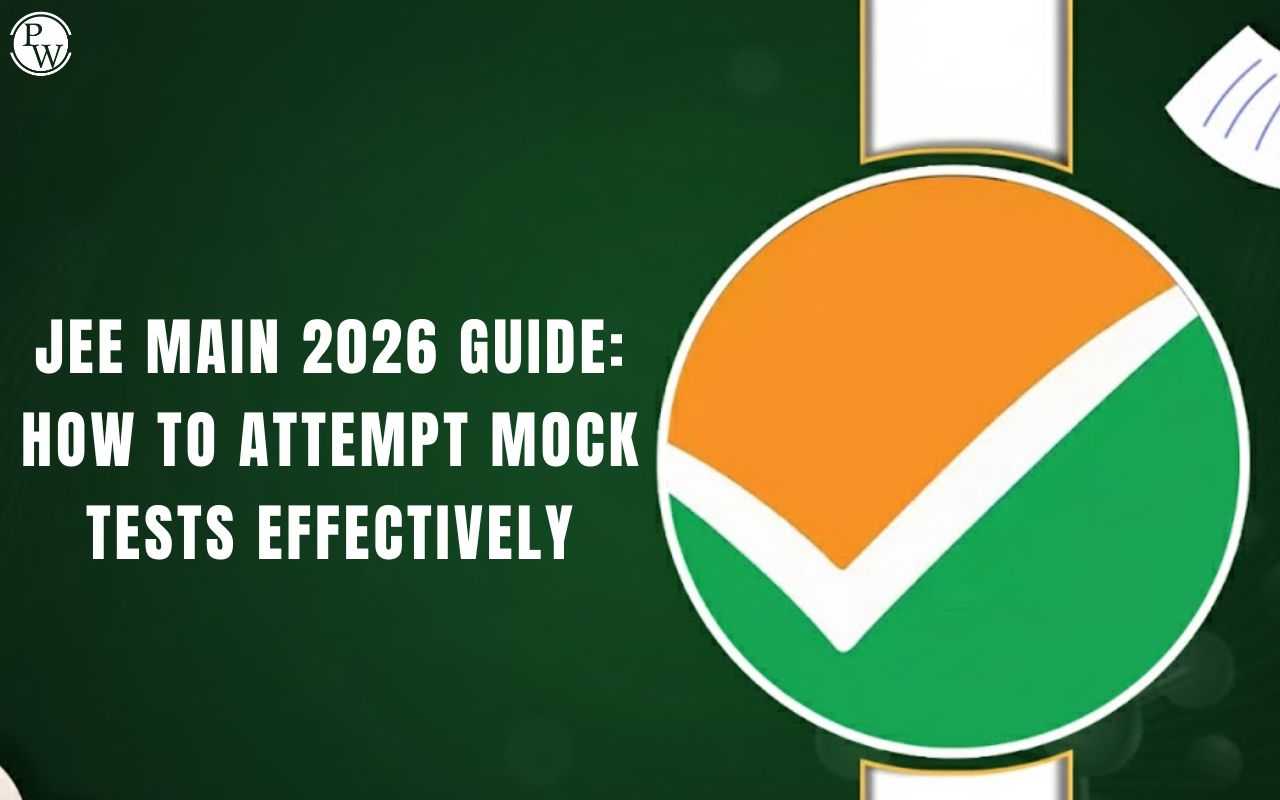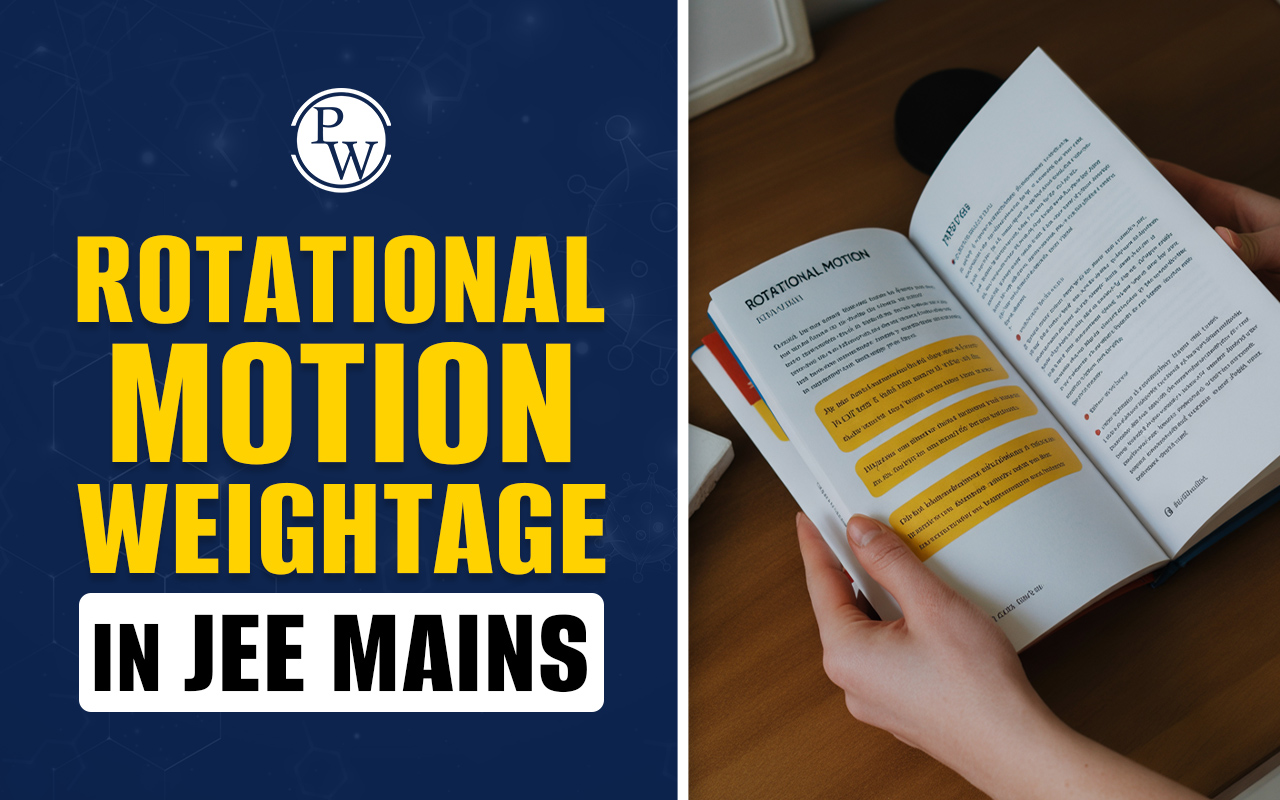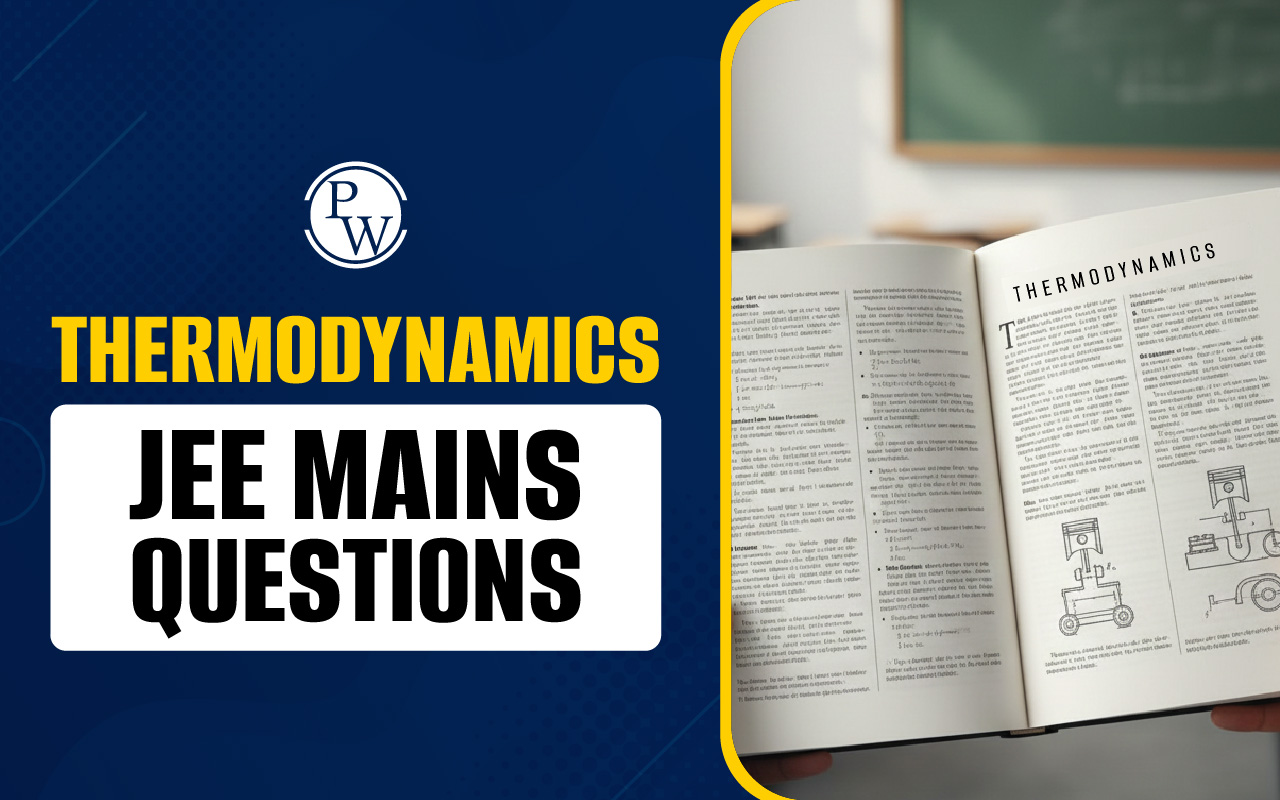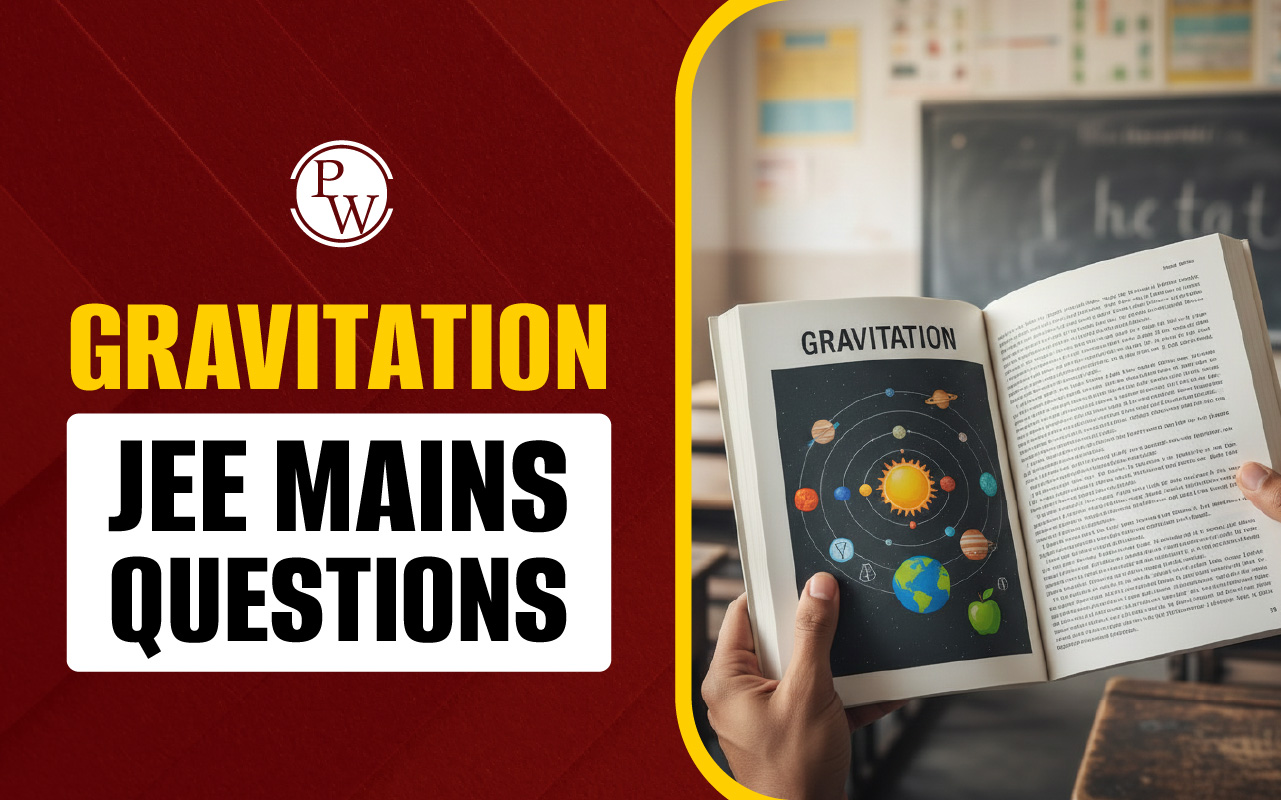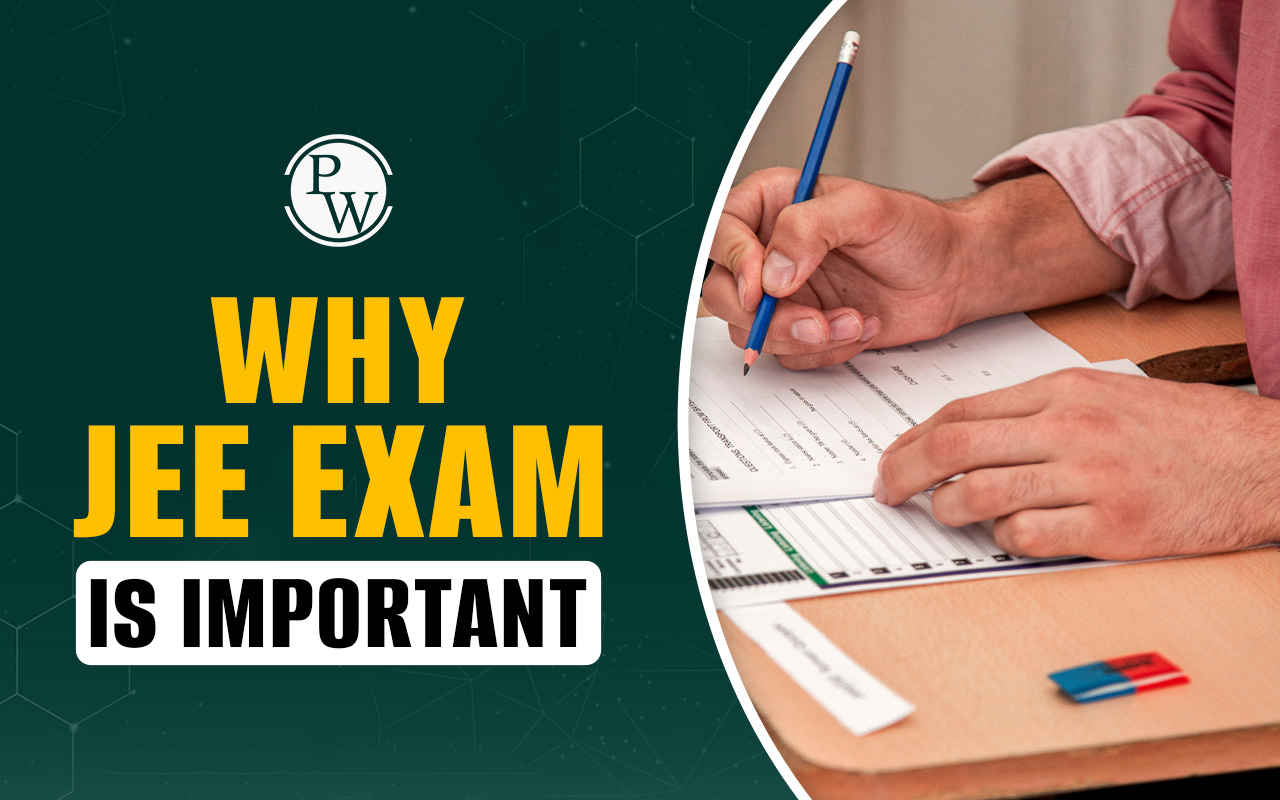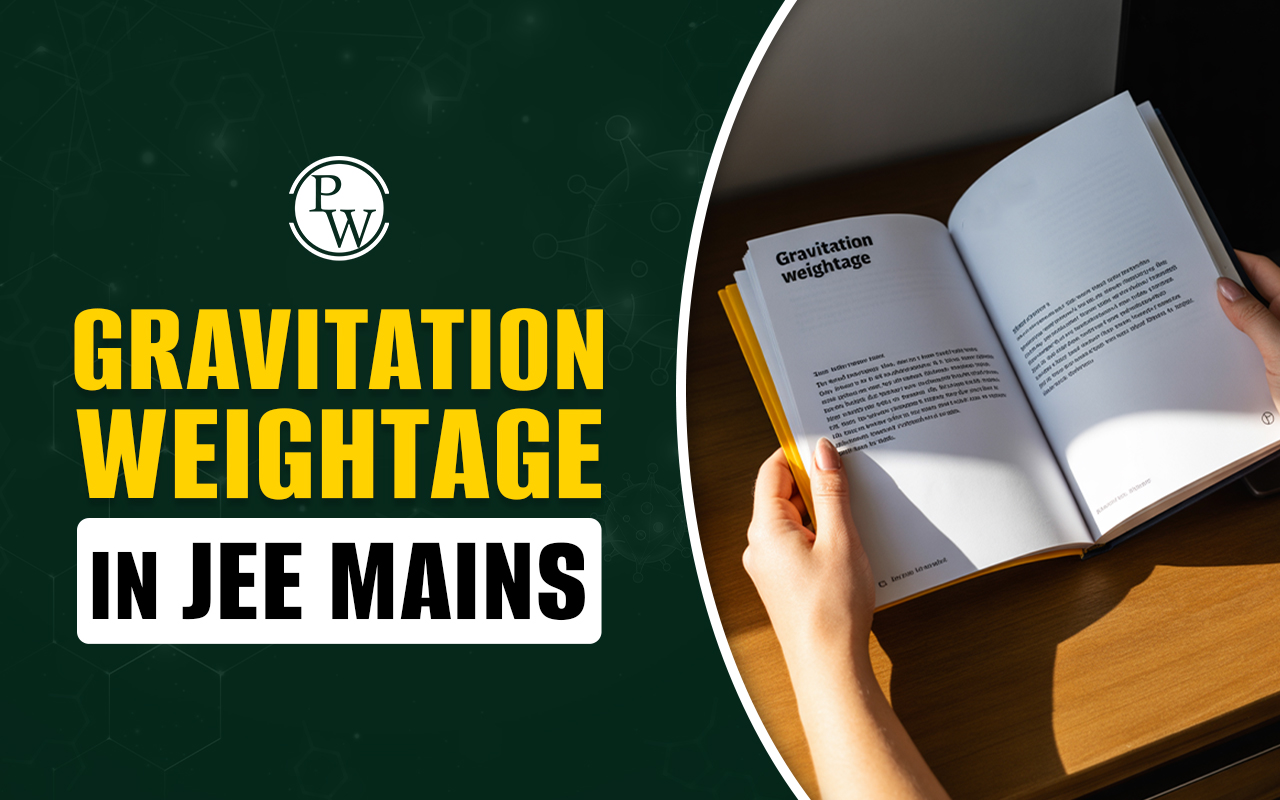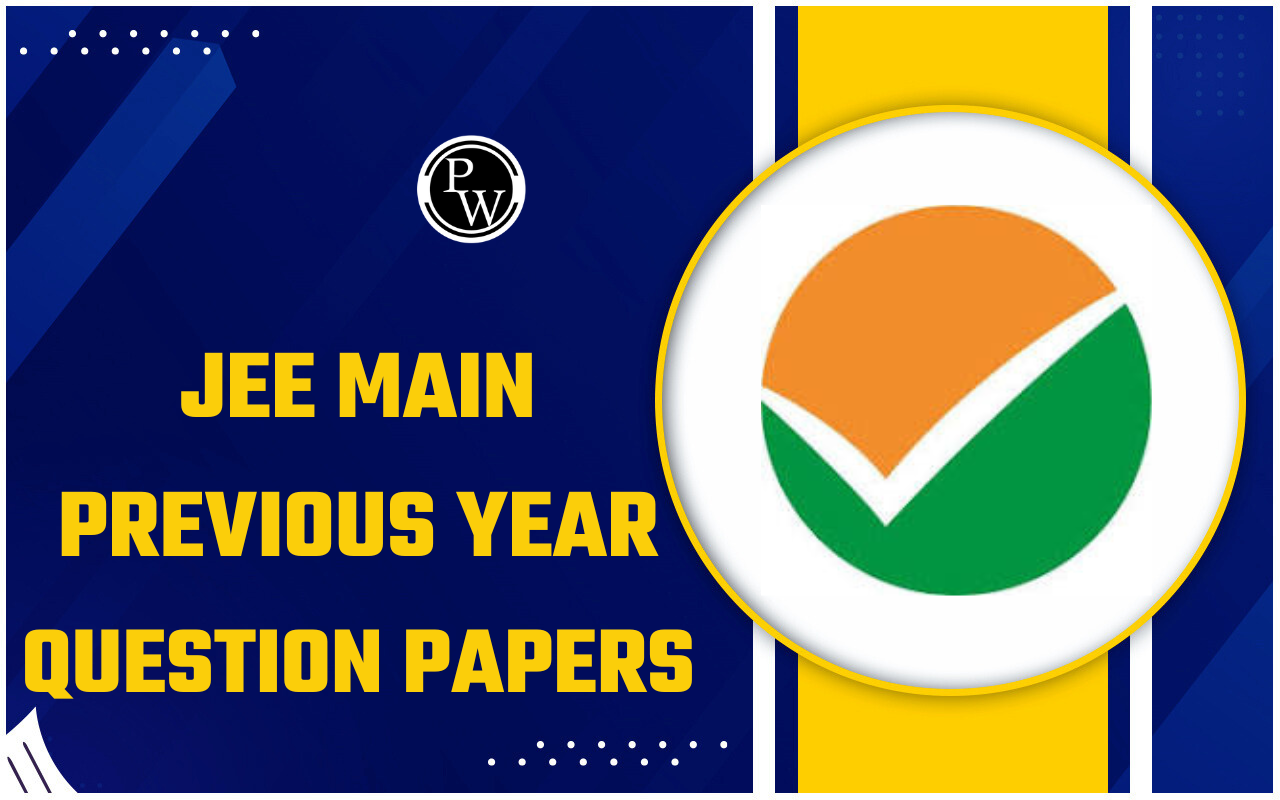
Simple Harmonic Motion JEE Questions for Physics Chapter is an integral part of the JEE Main and JEE Advanced Physics preparation. The topic falls under the Mechanics section and deals with oscillatory motion of particles. Questions based on Simple Harmonic Motion cover various aspects such as concepts of motion, energy transformations, and mathematical problem-solving.
Simple harmonic motion questions for JEE exams typically test the student’s ability to apply their understanding of concepts and formulas in a variety of contexts. 1–2 simple harmonic motion JEE questions are usually straightforward, while JEE Advanced questions on SHM may involve multi-step reasoning and integration with other physics concepts. Frequent SHM question practice develops quick problem-solving skills and accuracy along with strengthening conceptual knowledge.
Simple Harmonic Motion JEE Questions
SHM also involves the motion of pendulums, springs, oscillating rods, and other systems that involve masses, strings, and pulleys. Students can also learn how to calculate amplitude, period, frequency, displacement, and energy in oscillatory systems using SHM. Practicing important SHM JEE Main previous year questions is important to get an idea of the typical questions asked and to improve your ability to solve exam-level problems. SHM has a moderate weightage in JEE and is a scoring topic with proper preparation.
Practice Simple Harmonic Motion JEE Questions
Regular practice of Simple Harmonic Motion JEE Questions is crucial for mastering the topic. Solving these problems helps students:
1. A ball of mass m when dropped from certain height as shown in diagram, strikes a wedge kept on smooth horizontal surface and move horizontally just after impact.
If the ball strikes the ground at a distance d from its initial line of fall, then the amplitude of oscillation of wedge after being hit by the ball will be
A. (md/M) √(Mg/2kh)
B. (d/m) √(kMg/2h)
C. d √(kg/2Mh)
D. d √(kg/2mh)
2. A cylindrical piston of mass M and cross-sectional area A slide smoothly inside a long cylinder closed at one end, enclosing a certain mass of gas. The cylinder is kept with its axis horizontal. If the piston is distributed from its equilibrium position, it oscillates simple harmonically. The period of oscillation is (Assume temperature remains constant)
A. 2π √(Mh/PA)
B. 2π √(MA/Ph)
C. 2π √(M/PAh)
D. 2π √(MPhA)
3. A long, straight massless rod is pivoted about one end in a vertical plane. In configuration (a), two identical small masses are attached to the free end and in configuration (b), one mass is moved to the center of the rod. The ratio of frequency of small oscillations in configuration (b) to that in configuration (a) is
A. √6 : √5
B. √3 : √2
C. 6 : 5
D. 5 : 3
4. In the figure, the block of mass m, attached to the spring of stiffness k is in contact with the completely elastic wall and the compression in the spring is l. The spring is compressed further by l by displacing the block towards left and is then released. If the collision between the block and the wall is completely elastic then the time period of oscillations of the block will be
A. (2π/3) √(m/k)
B. 2π √(m/k)
C. (π/3) √(m/k)
D. (π/6) √(m/k
5. The period of oscillation of mercury of mass m and density ρ poured into a bent tube of cross sectional area S whose right arm forms an angle 60° with the vertical is
A. 2π √(m/ρgS)
B. 2π √(2m/3ρgS)
C. 2π √(2m/((2+√3)ρgS))
D. 2π √(m/2ρgS)
6. The displacement of the motion of a particle is represented (in metre) by the equation
y = 0.4 {cos²(πt/2) – sin²(πt/2)} m
The motion of the particle is
A. oscillatory but not SHM
B. SHM of amplitude 0.4 m, frequency 0.5 Hz
C. SHM of amplitude 0.4√2 m, frequency 2 Hz
D. SHM of amplitude 0.8 m, frequency 2 Hz
7. A simple pendulum of length 1 m, hanging from an inclined wall, is made to oscillate from an angle 2° with the vertical as shown in Figure.
If collisions with the wall are elastic, time period of oscillation will be (use g = π²)
A. 2/3 s
B. 4/3 s
C. 2 s
D. 1/3 s
8. A pendulum has time period T for small oscillations. An obstacle P is situated below the point of suspension O at a distance 3l/4. The pendulum is released from rest. Throughout the motion the moving string makes small angle with vertical. Time after which the pendulum returns back to its initial position is
A. T
B. 3/4 T
C. 4/3 T
D. T/2
9. Calculate the frequency of small oscillations of a thin uniform vertical rod of mass m and length l hinged at the point O as shown in Figure.
The combined stiffness of each of the spring is equal to k. (given g/l = 2k/m)
The mass of the spring is negligible.
A. f = (3/2π) √(k/m)
B. f = (3/2π) √(k/2m)
C. f = (3/2π) √(2k/m)
D. f = (1/2π) √(3k/2m)
10. A pulley block system is initially in equilibrium. If the block is displaced down slightly from its equilibrium position and released, calculate the time period of oscillation of the system if the pulley has radius R and moment of inertia I. Assume there is sufficient friction present between pulley and string so that string will not slip over pulley surface.
A. π √((I/mR²)/k)
B. 2π √((m + I/R²)/k)
C. 2π √(m/k)
D. 2π √(mgR/lk)
Watch Simple Harmonic Motion JEE Question Practice Video on YT
Simple Harmonic Motion JEE Questions PDF with Solution
To help you prepare efficiently, PW offers a practice question PDF with answer and solution for Simple Harmonic Motion JEE Questions. The PDF has a curated list of simple harmonic motion JEE Mains questions, SHM problems of advanced level for JEE Advanced and significant SHM PYQs. Every solution is detailed with step-wise solutions so that students know the methodology along with the answer. Practising this PDF regularly, aspirants can revise essential topics, practice attempt paper-like questions and enhance speed and accuracy.
Simple Harmonic Motion JEE Questions
Practice with Free PDF
Simple Harmonic Motion JEE Questions FAQs
Q1. How many SHM questions are usually asked in JEE?
Q2. Are Simple Harmonic Motion questions difficult?
Q3. How should students practice SHM?
Q4. Is Simple Harmonic Motion mixed with other topics in JEE?
Q5. Where can I find solved SHM questions?


